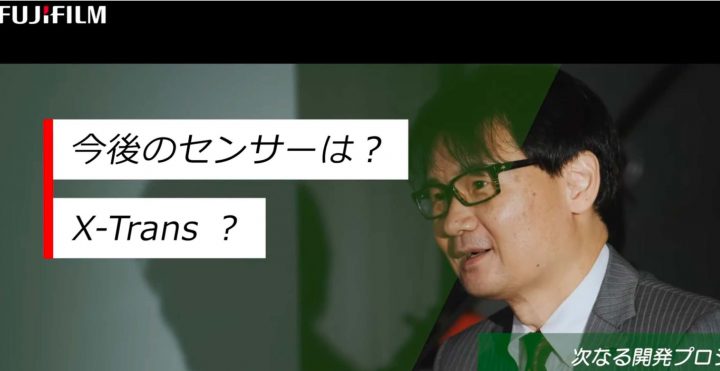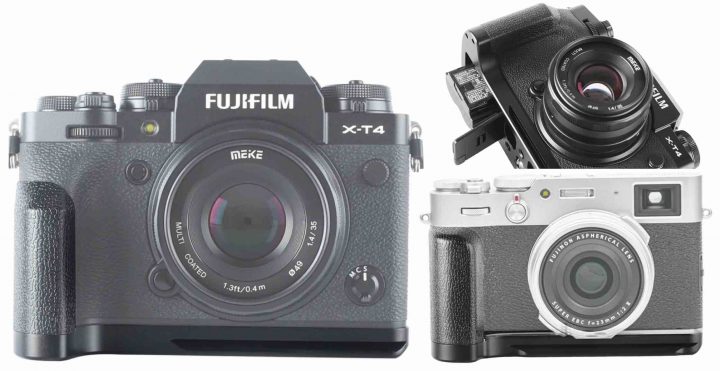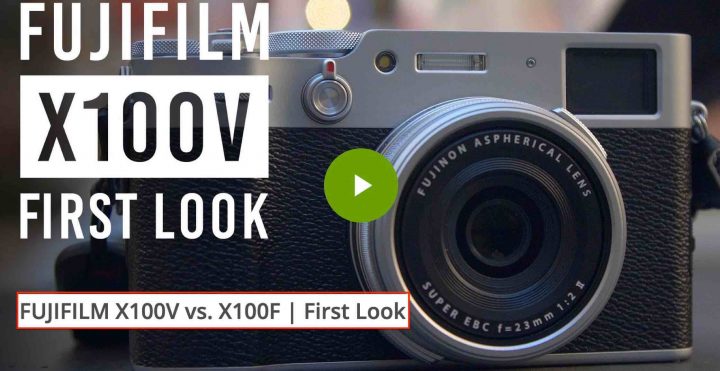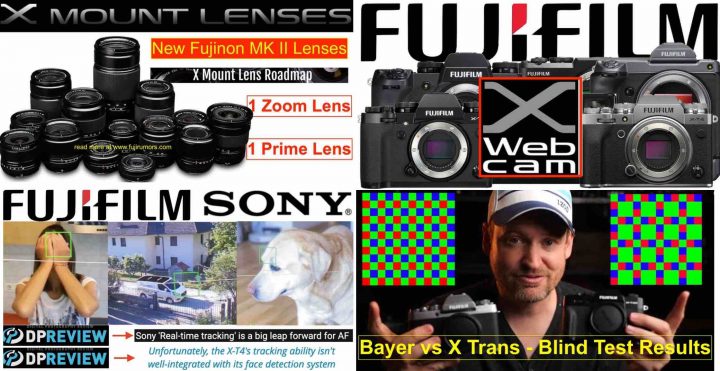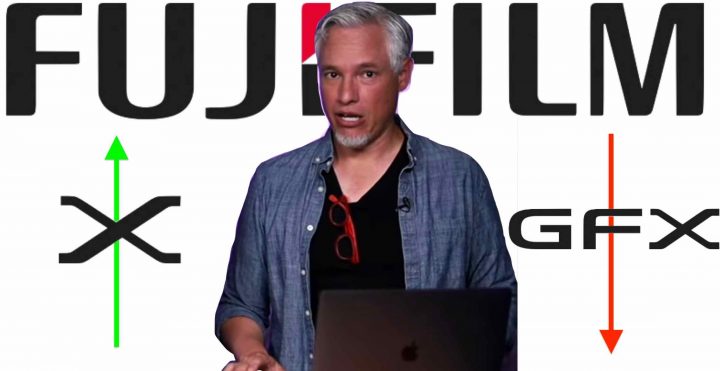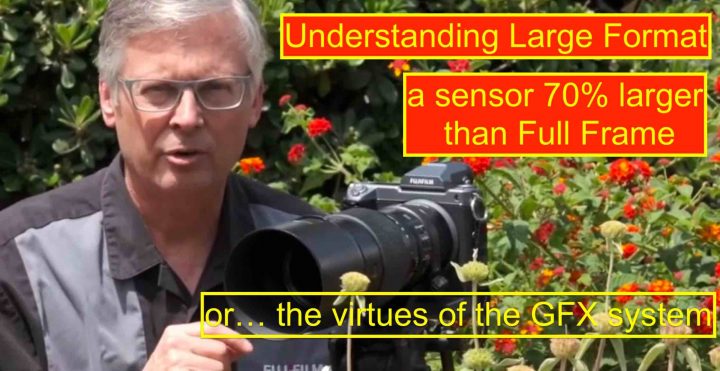
Medium Format, super full frame, large sensor… there are many ways that Fujifilm called its GFX line-up, and now they seem to stick with the “large format” definition.
I personally find there was nothing wrong with medium format. The Pentax 645 was called “medium format” for years, the Hasselblad X1D, too, and nobody ever complaint about that.
It’s just when Fujifilm joined the sensor size 70% larger than full frame, that suddenly some youtubers found the definition “medium format” no longer appropriate. Really, sometimes it feels like if Fujifilm does it, it must be bad.
And now to the video.
Fujifilm published a video, where they repeat, that the sensor is 70% larger than full frame, and they explain why they call it “large format”.
The video is titled “Understanding Fujifilm GFX Large Sensor Imaging“. You can find it down below and see also a summary.
